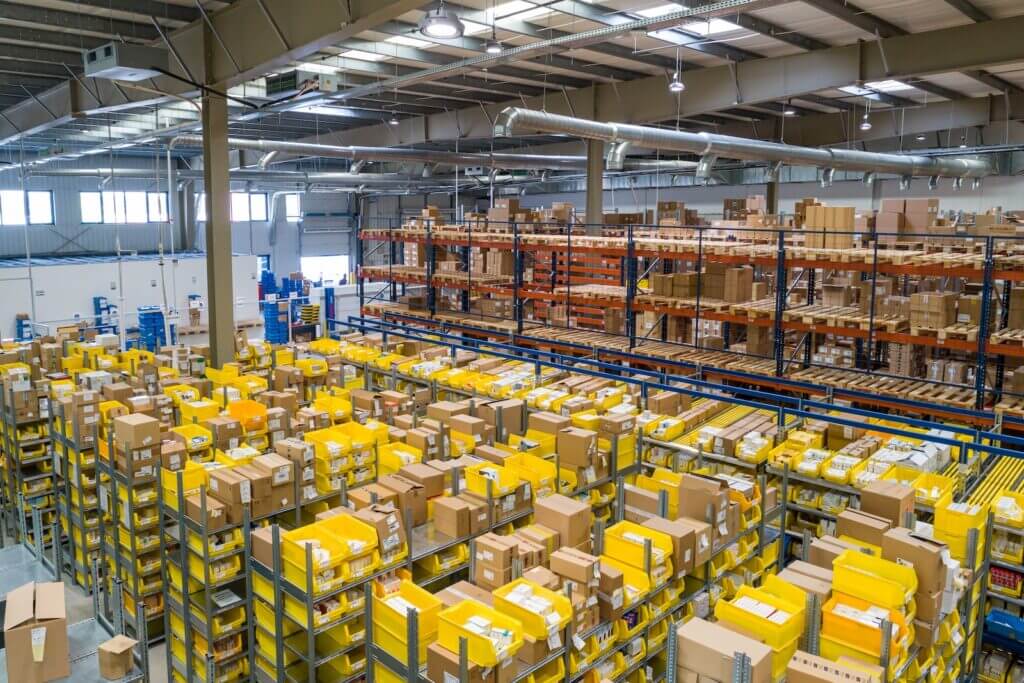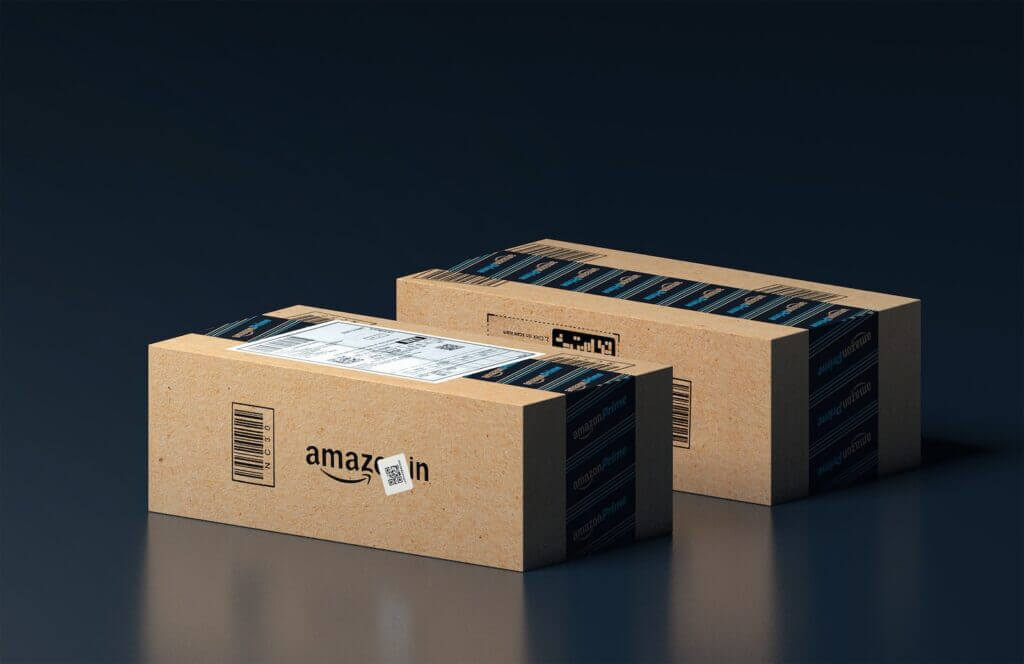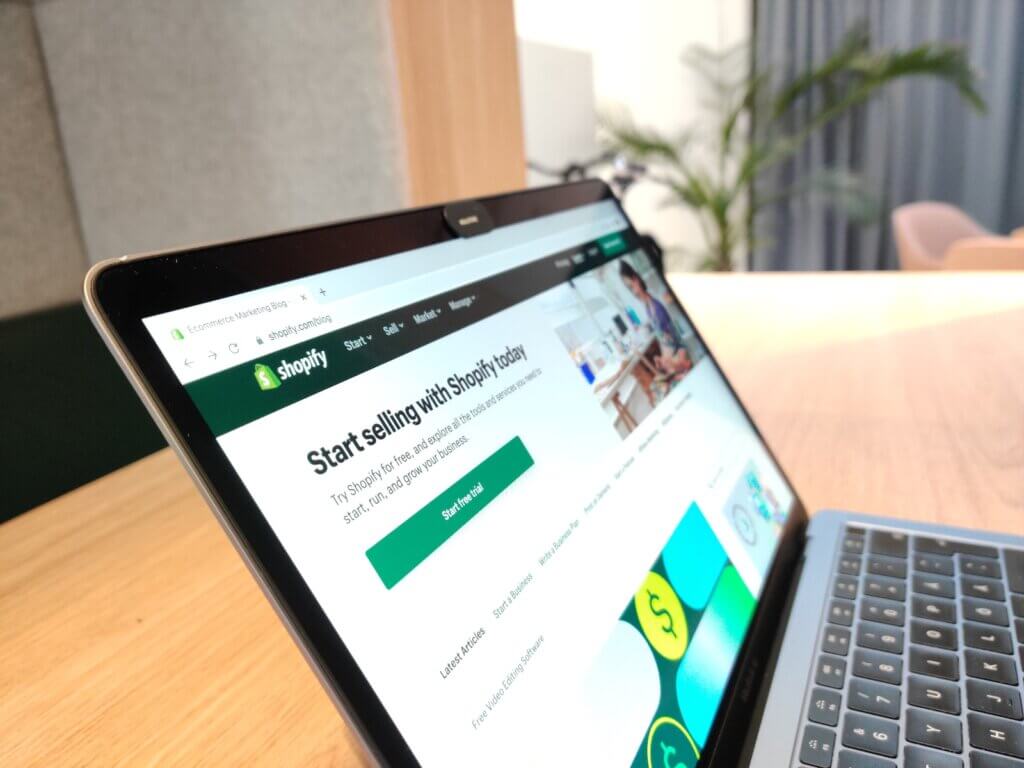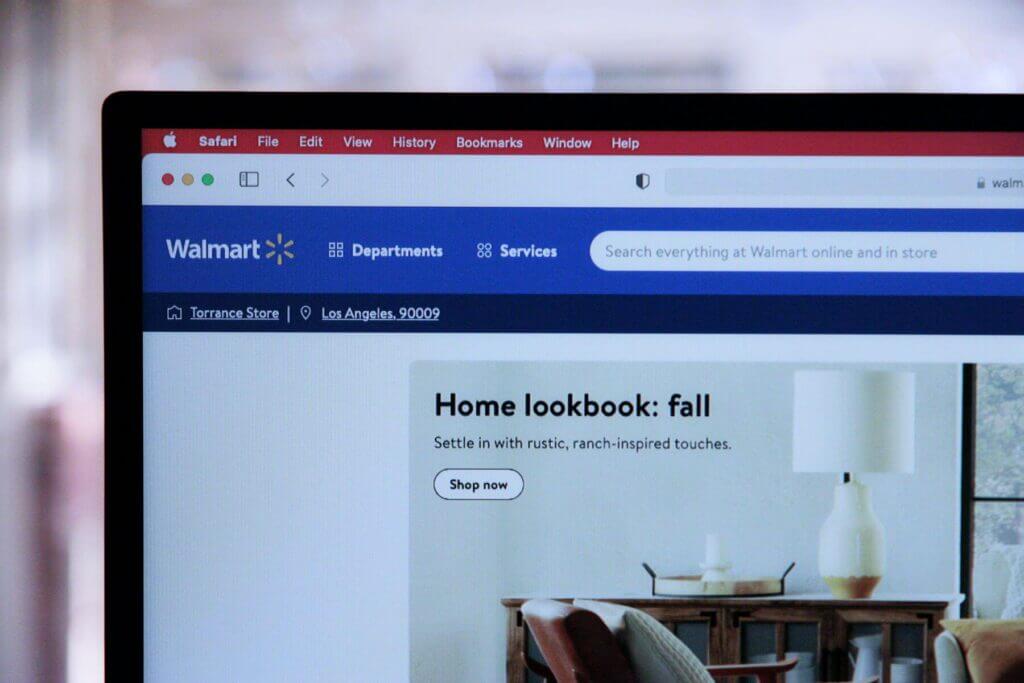Discover the secrets to dropshipping on Amazon without spending a dime upfront. From finding profitable products to optimizing listings, we’ll show you how to start and scale your business for success.
Understanding Dropshipping on Amazon
What is Dropshipping?
Dropshipping is a business model where a seller does not keep inventory of the products they sell. Instead, they purchase products from a third-party supplier who ships the products directly to the customer. This means that the seller never handles the products physically.
In drop-shipping, the seller acts as a middleman between the supplier and the customer. The seller lists the products on their website or marketplace and sets the price. When a customer places an order, the seller purchases the product from the supplier and provides the supplier with the customer’s shipping information. The supplier then ships the product directly to the customer.
One of the biggest advantages of drop shipping is that the seller does not have to invest in inventory. This means that the seller does not have to spend money on purchasing products upfront or storing them. Instead, the seller only purchases products when a customer places an order. This can help reduce overhead costs and increase profitability.
Why Choose Amazon for Dropshipping?
Amazon is one of the largest marketplaces in the world, making it an ideal platform for dropshipping. When you choose Amazon for dropshipping, you gain access to millions of customers who are already looking for products to buy. Additionally, Amazon has a robust fulfillment network that can handle shipping and customer service on your behalf.
Amazon’s fulfillment network, also known as Fulfillment by Amazon (FBA), allows sellers to store their products in Amazon’s warehouses. Amazon handles all aspects of order fulfillment, including picking, packing, shipping, and customer service. This can help streamline your business operations and free up your time to focus on growing your business.
Another advantage of dropshipping on Amazon is that it’s easy to get started. Amazon provides sellers with a step-by-step guide for setting up their account and listing products. Additionally, Amazon has a well-established reputation for customer service and trust, which can help increase sales and build customer loyalty.
Pros and Cons of Dropshipping on Amazon
Like any other business model, dropshipping on Amazon has its pros and cons. One advantage is that you do not have to invest in inventory, which can save you a lot of money upfront. Additionally, you can run your business from anywhere in the world as long as you have an internet connection.
However, dropshipping on Amazon has some downsides. One major disadvantage is intense competition. Since Amazon is such a popular platform, there are many other sellers who are also dropshipping products. This can make it difficult to stand out and attract customers.
Another disadvantage of dropshipping on Amazon is the high fees. Amazon charges sellers a referral fee for each item sold, as well as storage fees for products stored in Amazon’s warehouses. These fees can add up quickly and eat into your profits.
Finally, there is the risk of account suspension. Amazon has strict policies and guidelines that sellers must follow, and failure to comply can result in account suspension. This can be devastating for your business, especially if you rely solely on Amazon for sales.
Overall, dropshipping on Amazon can be a lucrative business model if done correctly. By understanding the pros and cons, you can make an informed decision about whether dropshipping on Amazon is right for you.
Finding Products to Dropship on Amazon

Dropshipping is a great way to start an online business without a lot of upfront costs. Amazon is a popular platform for , and finding the right products to sell is crucial for success. In this section, we will explore three important steps for finding products to dropship on Amazon: conducting market research, identifying profitable products, and sourcing products for free.
Conducting Market Research
Before you start dropshipping on Amazon, it’s important to conduct market research to understand what products are in demand and who your target audience is. Here are some tips for conducting market research:
- Look for popular products on Amazon: Start by browsing Amazon’s bestseller lists, as well as the most-wished-for and most-gifted items. This will give you a good idea of what products are currently popular and in demand.
- Use Google Trends: Google Trends is a free tool that allows you to see how often a particular search term is entered into Google’s search engine. This can help you identify trends and see if interest in a particular product is growing or declining.
- Check out social media: Social media platforms like Instagram, Facebook, and Twitter can be great sources of inspiration for finding popular products. Look for influencers in your niche and see what products they are promoting.
Identifying Profitable Products
Once you have an idea of what products are in demand, the next step is to identify profitable products. Here are some tips for doing this:
- Look for products with high profit margins: You want to choose products that you can sell at a higher price than what you pay for them. Look for products that have a high profit margin, which is the difference between the wholesale price and the retail price.
- Consider the competition: Look for products that have low competition. If there are too many sellers offering the same product, it will be difficult to stand out and make a profit.
- Choose products that are lightweight and easy to ship: Remember that you will be responsible for shipping the products to customers. Choose products that are lightweight and easy to ship to keep your shipping costs down.
Sourcing Products for Free
One of the biggest advantages of dropshipping is that you don’t have to hold inventory. Instead, you purchase products from a supplier after a customer places an order. Here are some ways to source products for free:
- Dropship from AliExpress: AliExpress is a popular platform for dropshipping. You can find suppliers who will ship products directly to your customers for free.
- Use Amazon FBA: Amazon’s Fulfillment by Amazon (FBA) program allows you to store your products in Amazon’s warehouses and have them shipped directly to customers. While there is a fee for this service, it can be a good option if you don’t want to hold inventory.
- Contact manufacturers directly: If you have a specific product in mind, you can contact the manufacturer directly and ask if they offer dropshipping services. This can be a good way to get products at a lower cost.
Setting Up Your Amazon Dropshipping Business
Starting an Amazon dropshipping business can be a lucrative venture, but it requires a bit of upfront work to set up. In this section, we’ll explore the steps you need to take to create a successful Amazon dropshipping business, including creating a seller account, optimizing your product listings, and managing your inventory and orders.
Creating an Amazon Seller Account
The first step in setting up your Amazon dropshipping business is to create a seller account. To do this, go to the Amazon Seller Central website and follow the prompts to create a new account. You’ll need to provide some basic information, including your name, address, and tax information. Once your account is set up, you can start listing products for sale.
Optimizing Your Amazon Product Listings
Once you’ve created your seller account, the next step is to optimize your product listings. This involves creating compelling product descriptions, adding high-quality images, and including relevant keywords that will help your products show up in Amazon search results.
To create effective product listings, start by conducting market research to identify your target audience and understand their needs. Use this information to create product descriptions that highlight the benefits of your products and address the pain points of your target audience.
In addition to creating compelling product descriptions, it’s also important to include high-quality images that showcase your products. Use a professional camera or hire a photographer to take high-quality product photos that will make your products stand out from the competition.
Finally, be sure to include relevant keywords in your product listings. Use tools like Amazon’s Keyword Tool to research popular keywords and phrases that your target audience is searching for. Incorporate these keywords into your product titles and descriptions to help your products show up in search results.
Managing Your Inventory and Orders
Once your Amazon dropshipping business is up and running, it’s important to manage your inventory and orders effectively. This involves keeping track of your stock levels, processing orders in a timely manner, and handling returns and refunds.
To manage your inventory, use Amazon’s inventory management system to keep track of your stock levels and set up automated alerts when inventory levels are low. This will help you avoid running out of stock and ensure that you can fulfill orders promptly.
When processing orders, be sure to ship products out quickly and provide tracking information to your customers. This will help you build a positive reputation on Amazon and encourage repeat business.
Finally, be prepared to handle returns and refunds. Amazon has strict policies regarding returns and refunds, so be sure to familiarize yourself with these policies and be prepared to handle any customer inquiries or complaints that arise.
Promoting Your Amazon Dropshipping Business
As you begin to establish your Amazon dropshipping business, it’s vital to start promoting it to potential customers. Promotion is key to driving traffic to your listings and generating sales. In this section, we’ll explore three effective ways to promote your Amazon business: leveraging social media, utilizing Amazon Sponsored Products, and engaging with customers and encouraging reviews.
Leveraging Social Media
Social media is a powerful tool for promoting your Amazon dropshipping business. With over 3.6 billion people using social media worldwide, it’s an ideal platform for reaching potential customers and driving traffic to your Amazon listings.
To leverage social media effectively, you need to focus on creating compelling content that resonates with your target audience. This could be anything from product reviews and tutorials to behind-the-scenes glimpses of your business.
Some popular social media platforms for promoting your Amazon dropshipping business include Facebook, Instagram, and Pinterest. Each platform has its unique strengths, so it’s essential to tailor your content to the platform you’re using.
For example, Instagram is ideal for showcasing product photos and videos, while Pinterest is great for creating and sharing visual content like infographics and product collages.
To maximize the impact of your social media efforts, consider investing in paid advertising. Platforms like Facebook and Instagram offer robust advertising tools that allow you to target specific demographics, interests, and behaviors. By investing in targeted ads, you can reach more potential customers and drive traffic to your Amazon listings.
Utilizing Amazon Sponsored Products
Amazon Sponsored Products is another powerful tool for promoting your Amazon dropshipping business. Sponsored Products allows you to advertise your products within Amazon’s search results and on product detail pages, increasing visibility and driving sales.
To get started with Sponsored Products, you’ll need to create a campaign and set a budget. You’ll then select the products you want to advertise and choose the keywords you want to target.
Amazon will then display your ads to shoppers who search for or browse products similar to yours. You pay only when a shopper clicks on your ad, making Sponsored Products a cost-effective way to drive traffic to your listings.
To optimize your Sponsored Products campaigns, focus on targeting high-traffic keywords that are relevant to your products. You can use Amazon’s Keyword Planner to research and identify keywords that are likely to drive traffic and sales.
Engaging with Customers and Encouraging Reviews
Engaging with customers and encouraging reviews is another critical component of promoting your Amazon dropshipping business. Positive reviews and customer feedback can help increase your visibility on Amazon and build trust with potential customers.
To encourage reviews, consider offering incentives like discounts or free samples to customers who leave a review. You can also follow up with customers after a purchase to ask for feedback and encourage them to leave a review.
When engaging with customers, focus on providing exceptional customer service and responding promptly to any questions or concerns. By building strong relationships with your customers, you can increase customer loyalty and drive sales through word-of-mouth marketing.
Scaling Your Amazon Dropshipping Business
As your Amazon dropshipping business grows, you will need to scale up your operations to keep up with demand. This section will cover three key strategies for scaling your business: expanding your product line, outsourcing and automating tasks, and reinvesting profits for growth.
Expanding Your Product Line
One way to scale your Amazon dropshipping business is by expanding your product line. This involves adding new products to your inventory and offering a wider variety of products to your customers. To do this effectively, you will need to conduct market research and identify profitable products to add to your inventory.
One strategy for expanding your product line is to look for complementary products that are related to your existing products. For example, if you are currently selling pet toys, you could add pet food or pet accessories to your inventory. This will allow you to cross-sell to your existing customers and attract new customers who are interested in these related products.
Another strategy is to look for trending products that are popular with consumers. You can use tools like Google Trends or Amazon Best Sellers to identify these products. By adding trending products to your inventory, you can capitalize on current consumer demand and attract new customers to your business.
Outsourcing and Automating Tasks
As your business grows, you may find that you are spending too much time on tasks that could be outsourced or automated. Outsourcing involves hiring someone else to handle certain tasks for you, while automation involves using software or tools to automate repetitive tasks.
One area where you may want to consider outsourcing is customer service. As your business grows, you may not have the time or resources to handle all customer inquiries yourself. You can outsource customer service to a third-party provider or hire a virtual assistant to handle these tasks for you.
Another area where you can automate tasks is in your inventory management. You can use software like InventoryLab or eComSpy to track your inventory levels and automatically reorder products when they run low. This will save you time and ensure that you always have the products your customers want in stock.
Reinvesting Profits for Growth
Finally, to scale your Amazon dropshipping business, you will need to reinvest your profits into the business. This means using your profits to expand your product line, improve your marketing efforts, and invest in tools and software that will help you automate and streamline your operations.
One strategy for reinvesting profits is to allocate a certain percentage of your profits to marketing. This will help you attract new customers and drive sales. You can use tools like Amazon Sponsored Products or Facebook Ads to target specific audiences and promote your products effectively.
Another strategy is to invest in tools and software that will help you automate and streamline your operations. This could include inventory management software, accounting software, or shipping software. By investing in these tools, you can save time and reduce errors, allowing you to focus on growing your business.
In conclusion, scaling your Amazon dropshipping business requires a combination of strategies, including expanding your product line, outsourcing and automating tasks, and reinvesting profits for growth. By implementing these strategies effectively, you can take your business to the next level and achieve long-term success.













